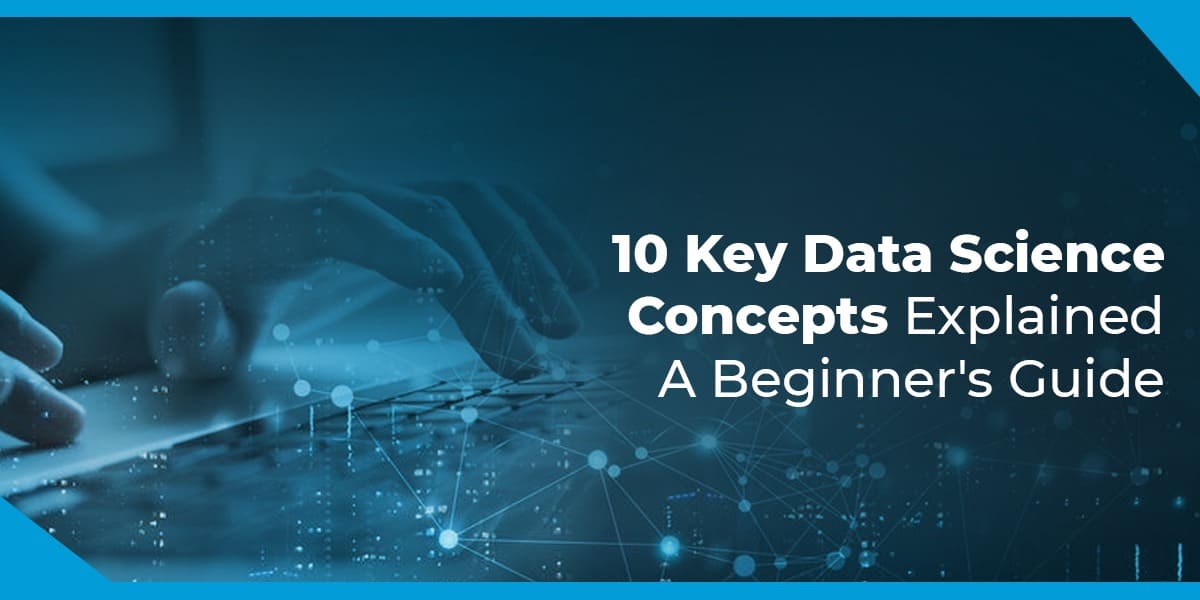
Data science is a multidisciplinary activity that uses scientific methods, processes, algorithms, and systems to extract knowledge & insights from data. It is a rapidly growing field with a wide range of applications in business, industry, government, and academia.
If you are new to this, it can be helpful to have a basic understanding of some of the key concepts.
1. Data Types
The first step in any data science project is to know the different types of data that you are working with. There are 2 main types of data: quantitative and qualitative.
Quantitative data is numerical data that can be measured and analyzed. Examples include height, weight, age, and income.
Qualitative data is non-numerical data that cannot be measured or analyzed easily. Examples include customer reviews, social media posts, and product descriptions.
2. Data Wrangling
It involves a variety of tasks, like removing duplicate data, correcting errors, & filling in missing values.
Data wrangling is an essential step in any data science project, as it ensures that the data is accurate and reliable.
3. Exploratory Data Analysis
Exploratory data analysis (EDA) is the process of exploring and analyzing data to identify patterns and trends. EDA can be used to generate hypotheses, which can then be tested using statistical methods.
There are a variety of EDA techniques, such as data visualization, correlation analysis, and regression analysis.
4. Machine Learning
Machine learning is a type of learning AI that allows computers to learn and gain without being explicitly programmed. Machine learning algorithms are used to build models that can predict the future.
5. Statistical Modeling
Statistical modeling is the process of using math models to represent real-world phenomena. Statistical models can be used to predict future outcomes, to identify relationships between variables, and to make decisions.
There are a variety of statistical modeling techniques, such as linear regression, logistic regression, and decision trees.
6. Data Visualization
It is the process of using graphical representations to communicate data insights. Data visualization can be used to make data more accessible and easier to understand.
There are a variety of data visualization techniques, such as bar charts, line charts, pie charts, and heat maps.
7. Communication
Data scientists need to be able to communicate with their audiences, including technical and non-technical audiences. Effective communication is important for building trust and credibility with stakeholders.
They should be able to communicate their findings in a clear, concise, and easy-to-understand way. They should also be able to use data visualization to communicate their findings in a visually appealing way.
8. Ethics
Data scientists have a responsibility to use data ethically. This means being transparent about how data is collected and used and protecting the privacy of individuals and organizations.
Data scientists should also be aware of the potential for bias in data, and they should take steps to mitigate bias in their work.
9. Collaboration
It is a collaborative field. Data scientists often work with other professionals, such as engineers, product managers, and analysts.
Effective collaboration is essential for success in data science. Data scientists should be able to work effectively with others, share ideas, and compromise.
10. Continuous Learning
This field is evolving, so you need to be continuously learning. This can be done by reading industry blogs and articles, attending conferences, and taking online courses.